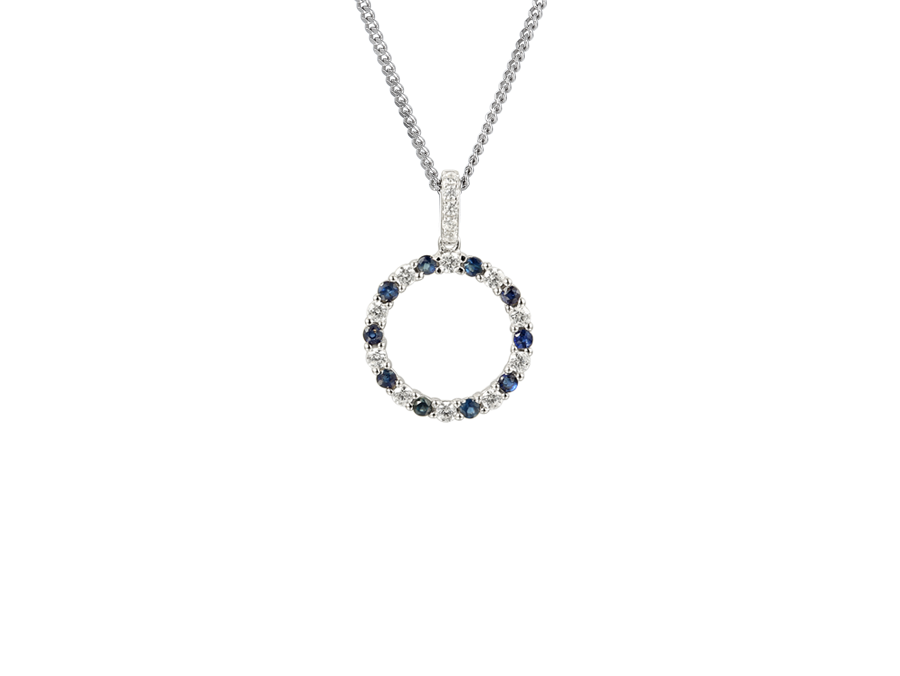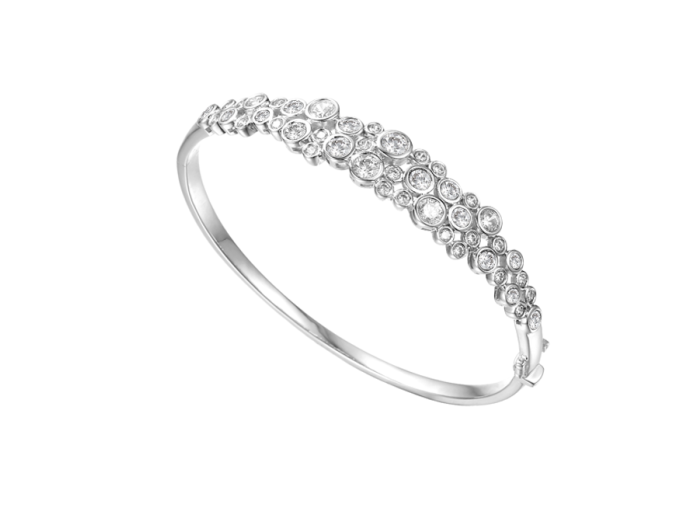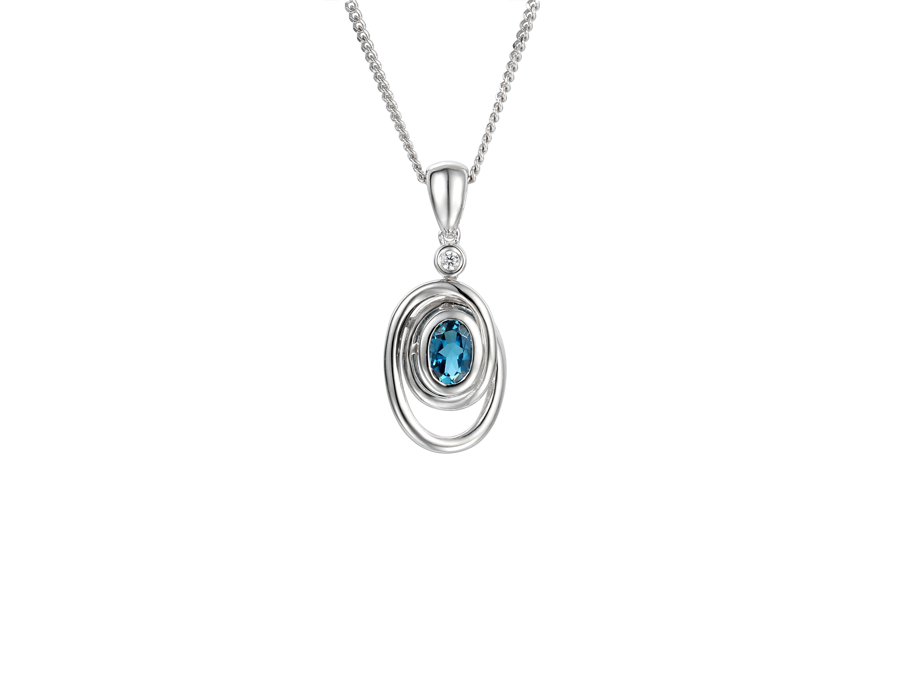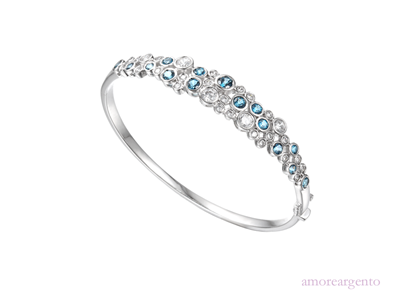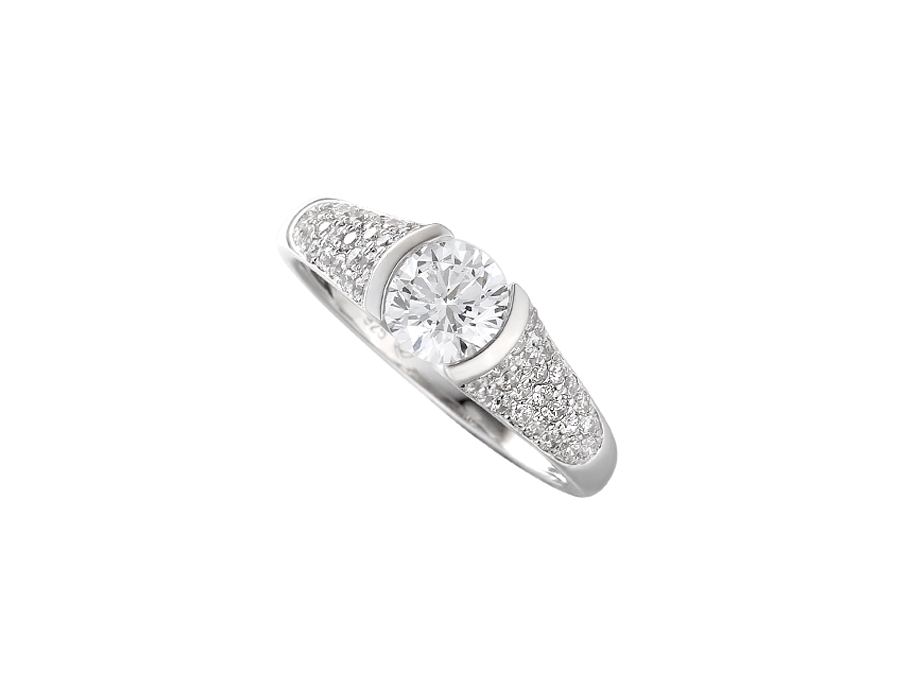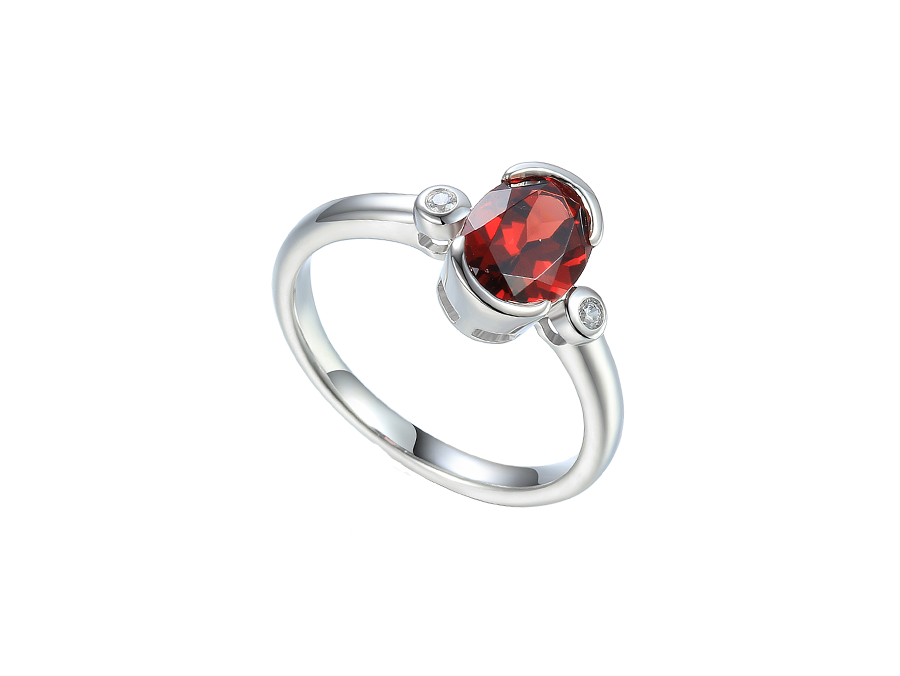We use cookies to make your experience better. To comply with the new e-Privacy directive, we need to ask for your consent to set the cookies. Learn more.
A Guide To Jewellery History – Part 1
The making and wearing of jewellery is a very important aspect of human history as it provides a lot of insight into the various cultures that have created and used jewellery for various purposes, whether religious, to display wealth or to send a message. The earliest jewellery that has ever been found dates back over 115,000 years and was actually made by Neanderthals, not Homo sapiens. The jewellery, a set of beads made from perforated sea shells, was found in a cave in southern Spain known to be a Neanderthal stronghold, with the next examples of historic jewellery being dated from over 60,000 years later. Ostrich egg shell beads were found in Kenya, and a stone bracelet and marble ring were found in Russia, both dated to around 40,000 years ago. It seems that in the intervening period no significant developments in jewellery technology were made, but once metal was discovered things changed dramatically.
Where most early jewellery is organic in origin, made from bone, stone and other natural materials, the discovery of copper meant that new, more intricate items could be made, and the techniques developed led to very fine work being achieved by early coppersmiths. The first signs of copper jewellery date back to 7,000 years ago, but the culture which was most intrigued by jewellery was the ancient Egyptians. They favoured gold over copper due to its rarity and malleability; they were among the first cultures to use gemstones. Mesopotamia was another jewellery making centre, and it soon spread to other cultures, notably the Greeks and Romans as those civilisations developed.
Greek and Roman jewellery took a lot of inspiration from the Far East, a link founded by Alexander the Great. Delicate metalwork and casting techniques made ancient Greek jewellery highly decorative, but they didn't wear a lot of decorative jewellery. Rather than symbolising wealth and power, as it had done for thousands of years before, jewellery in ancient Greece was worn as protection against evil spirits. Women were more likely to be seen with jewellery on, but compared to some of the very ornate pieces from other cultures; it was rather plain and functional and tended to be predominantly metal, with few stones.
Roman jewellery was a little flashier and men were expected to wear it as well. Men would have worn at least one ring, but more powerful men may have worn up to ten, one of which would have been used to imprint sealing wax. Again, jewellery was mainly used to protect against the "evil eye" but also had a more decorative purpose. By the fall of the Roman Empire jewellery making was taking place all across the world and some cultures are known for their jewellery work, notably the Celts and Visigoths, who created stunning animal inspired pieces, using garnet and new decorative techniques.
At this time jewellery was still a mix of form and function, with hair adornments and combs, clothing fasteners and protective amulets being the most common forms. Arm bangles, rings and pendants were often reserved for the ultra-wealthy – it was more desirable to wear and display your wealth on pieces which were functional, than to adorn yourself with trinkets unless you had a lot of money.
Join us in part two, where we pick up during the Renaissance.








